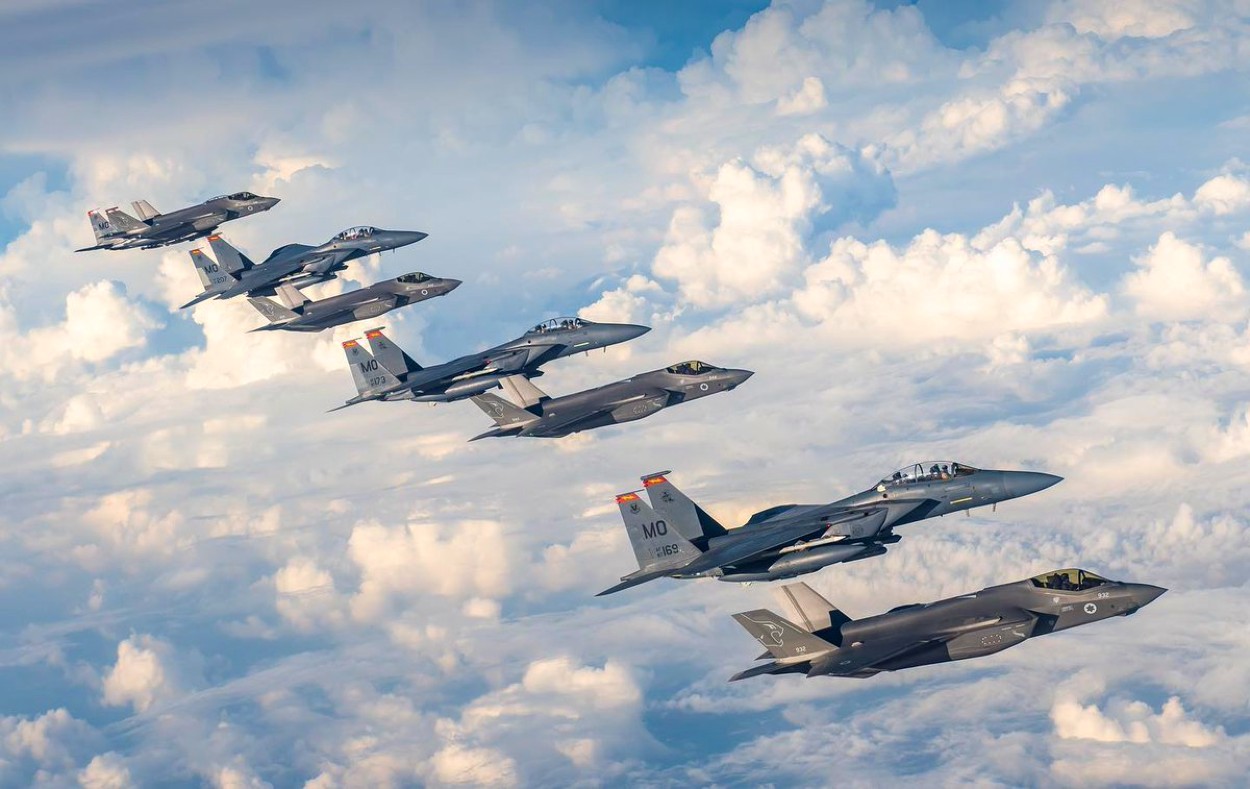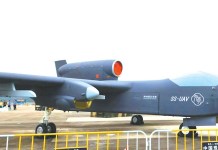Violence has once again erupted in southern Syria’s Suweida province, shattering a fragile ceasefire between government security forces and Druze militia factions.
Trouble began when a Druze vegetable vendor was reportedly abducted and robbed by members of a Bedouin tribe, according to the Syrian Observatory for Human Rights. What started as a single kidnapping snowballed into a brutal cycle of retaliation—both sides exchanging abductions and counterattacks that quickly spiraled into a full-scale conflict.
With the new Syrian government struggling for control, this fresh wave of sectarian bloodshed underscores just how volatile the situation remains. The province has seen Druze and Bedouin militias—historic rivals—alongside state security forces locked in deadly battles.
Eyewitnesses and rights groups have reported grave human rights abuses: extrajudicial killings, looting, and arson of civilian homes by security forces.
The human toll is devastating: reports noted at least 250 fatalities, including children, women, Syrian soldiers, and security personnel, highlighting the chaotic and indiscriminate nature of the violence.
As the clashes raged, Israel launched airstrikes on Syrian military convoys, publicly stating the moves aimed to protect the embattled Druze community amid the chaos.
It’s a story that echoes across the Middle East, but for the Druze—one of the region’s most intriguing yet often overlooked minorities—the stakes are deeply personal. Their fate hangs in the balance as old rivalries, shifting allegiances, and the ambitions of powerful neighbors converge atop ancient highlands.
But who are the Druze, and why do their fortunes stir such intense contestation?
Druze: Keeping Faith, Keeping Apart
The Druze are a unique Arab ethno-religious community, numbering around one million across Syria, Lebanon, Israel, and the Israeli-occupied Golan Heights. Though small in number, they hold significant influence wherever they live.
Emerging from Ismaili Shia Islam in the 11th century, the Druze faith has evolved into a secretive, monotheistic religion that also incorporates elements of Greek philosophy and Hinduism, while acknowledging key figures from Islam, Christianity, and Judaism.
Their core beliefs include reincarnation and a strong sense of community identity.
The Druze neither accept converts nor actively seek to grow their faith. They largely avoid interfaith marriages—a Pew study found that fewer than 1% of Israeli Druze marry outside their religion. This inward focus has helped preserve their distinct traditions and strong ties between Druze communities across national borders.
Despite their low numbers, the Druze have managed to maintain their influence and identity, standing apart while still being woven into the complex tapestry of the Middle East.
The Druze In Israel: Loyalty and Complexity
Within Israel, around 152,000 Druze live across the country and the occupied Golan Heights, making up roughly 2% of the national population. Most reside in the country’s northern towns, such as Daliyat al-Karmel and Yarka, known for their vibrant cultural life and close-knit social fabric.
Since 1957, the Druze have been officially recognized as a distinct religious community in Israel. Unlike Arab Muslims and Christians, Druze men are subject to mandatory conscription in the Israel Defense Forces (IDF)—a unique status that has shaped their identity and political alignment.
Many Druze identify as “Druze-Israelis,” and have served with distinction in Israeli military and public life, including in elite IDF units and high-ranking positions.
This bond—often referred to as a “blood covenant”—has fostered a sense of belonging and trust, but not without friction. Despite their visible integration, many Druze still report feeling marginalized, facing social and economic disparities similar to those experienced by other non-Jewish minorities in Israel.
A recent report by New Lines Magazine highlighted persistent inequality even as Druze individuals make significant strides in academia, government, and business.
In the Golan Heights, however, the situation is more complicated. After Israel annexed the region in 1981, most Druze residents refused Israeli citizenship and continued to identify with Syria.
Today, approximately 20,000 Druze reside in the area, many of whom still hold only residency documents. Their identity—shaped by cultural pride and political caution—remains suspended between two nations and two futures.
Interestingly, TheWarZone team sat down with a trailblazer whose story straddles military legacy, national identity, and a cockpit at the heart of Israel’s most high-stakes missions.

Referred to only as Lt. Col. I. for security reasons, he holds the distinction of being the first member of Israel’s Druze community to become a tactical jet crew member in the Israeli Air Force (IAF)—specifically, a navigator aboard the formidable F-16I Sufa strike fighter.
Though modest in demeanor, Lt. Col. I.’s experience spans some of the IAF’s most sensitive operations. He opened up about participating in attack missions over Iran, enduring an Iranian missile barrage while bunkered down at an airbase, and helping guide air-ground coordination during years of operations in the Gaza Strip. His insights revealed both the human and tactical dimensions of a job that’s as intense as it is rare.
Over the years, his career moved beyond the cockpit. He held various operational roles, including a senior position as commander of an attack section in the Air Force. Most recently, he served under the IDF’s Southern Command—not directly under the IAF—acting as a critical liaison between air and ground forces. For two and a half years, he helped coordinate missions over Gaza, ensuring precision and timing across joint operations.
But the milestone that stands out most to him remains finishing Flight Academy as the first Druze cadet to do so. “It’s a very big thing in Israel generally,” he said. “But especially to be the first one to finish as a Druze.”
Druze In Syria: Suspicion, Self-Defense & Self-Rule
In Syria, the Druze comprise approximately 3% of the national population, with their largest concentration in the southern province of Sweida. For decades, they managed a careful equilibrium with the Assad regime—granted a measure of local autonomy in exchange for political quietude.
That balance was shattered after Bashar al-Assad was ousted in December 2024. The newly installed government’s attempts to consolidate authority in southern Syria have met fierce resistance from Druze militias, who are deeply wary of outside interference.
Many Druze in Suweida refuse to integrate into the national armed forces, choosing instead to rely on their own militias for local security and defense.
This resistance isn’t only about politics—it’s about survival. In a landscape where allegiances can be fleeting and where sectarian lines often determine life or death, the Druze see autonomy as their best protection.
Why Is Israel Hitting Syrian Targets?
Israel’s recent military strikes in Suweida and Damascus are part of a broader strategy that goes beyond defending the Druze. For years, Israeli doctrine has included forming informal alliances with regional minorities—Kurds, Alawites, Christians, and Druze – as a way of hedging against rising Islamist or anti-Israel threats.
With Assad gone and Syria in transition, Israel is keen to ensure that no new hostile force gains a foothold near its borders, especially in the volatile south and the strategic Golan Heights.
By targeting Syrian military build-ups and asserting its presence, Israel is sending a message: any attempt to shift the balance of power near its frontiers will be met with force.
In this context, the strikes serve multiple purposes. They show support for the Druze, remind Damascus of Israel’s red lines, and attempt to contain the spread of chaos that could destabilize an already fragile region.
Notably, Israel’s recent attacks have moved beyond tactical hits on convoys to more symbolic strikes – such as those on the Ministry of Defence and army headquarters in Damascus.
But Israel’s actions have drawn mixed reactions. While some Druze in Syria and Lebanon welcome the support, others accuse Israel of manipulating sectarian strife to serve its own regional agenda.
The truth may lie somewhere in between – rooted in a complex intersection of security, identity, and power politics.
A Community On The Edge
The Druze, wherever they live, are once again caught in the middle—between nations, between allegiances, and between histories that both connect and divide.
In Israel, they’re integrated yet marginalized. In Syria, they’re autonomous yet under siege.
The recent bloodshed in Suweida and the airstrikes that followed are more than just another chapter in Syria’s long war – they are reminders of how fragile peace can be, how deep sectarian wounds run, and how the fate of small communities can become entangled in the calculations of much larger powers.
As regional dynamics continue to shift and new players vie for control, the Druze are being forced – once again – to navigate survival in a world where the lines between friend and foe, ally and opportunist, are often hard to tell apart.
- Shubhangi Palve is a defense and aerospace journalist. Before joining the EurAsian Times, she worked for ET Prime. She has over 15 years of extensive experience in the media industry, spanning print, electronic, and online domains.
- Contact the author at shubhapalve (at) gmail.com




